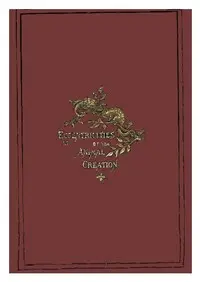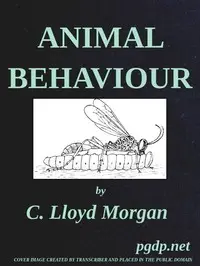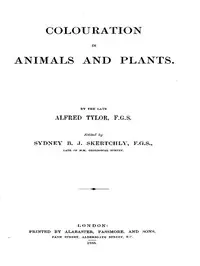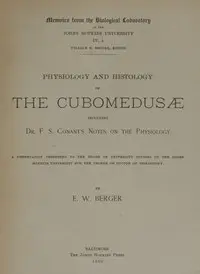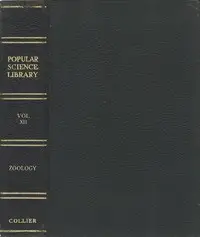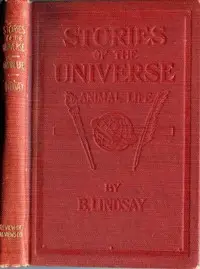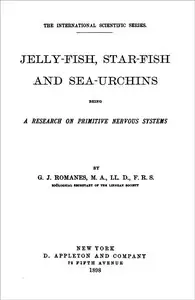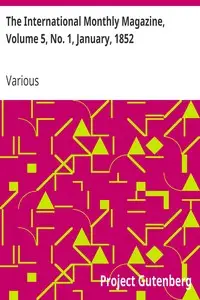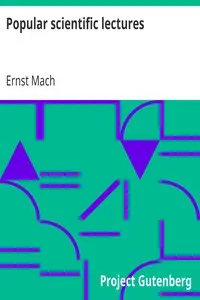"The Nature of Animal Light" by E. Newton Harvey is a science book that shines a light on bioluminescence, the generation of light by living things. The book starts by looking at how people first noticed and tried to understand this strange glow in animals and plants way back in history, mentioning Aristotle's observations. The author makes it clear that lots of different creatures, from fungi to sea animals, can make their own light, not just because of germs, but because of their own unique biology. Basically, the book gets ready to dive into the complicated science of how critters create light through their unique chemical and physical reactions.
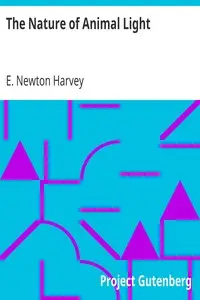
The Nature of Animal Light
By E. Newton (Edmund Newton) Harvey
Discover how organisms like fungi and sea creatures create their own light, revealing the historical studies and science behind this natural phenomenon.
Genres
Released
2010-11-26
Formats
epub
mobi
epub3 (images)
mobi (images)
epub (images)
txt
Free Download
Summary
About the AuthorInformation on this author is scarce, but their work continues to inspire readers.
Information on this author is scarce, but their work continues to inspire readers.
Total Reviews
10.0k
Total reviews from Goodreads may change

